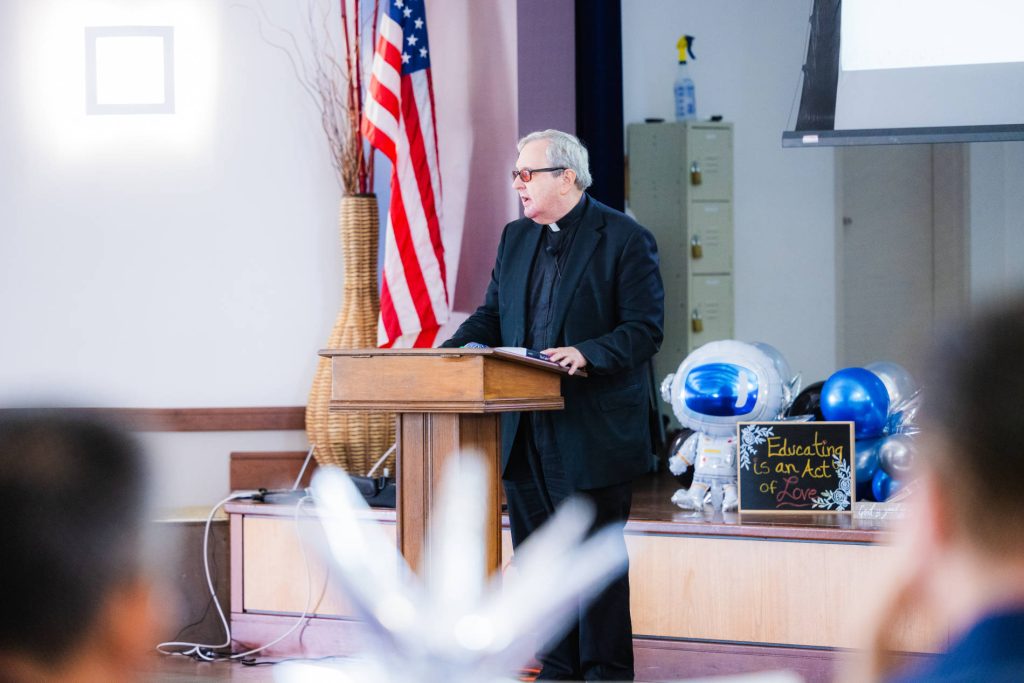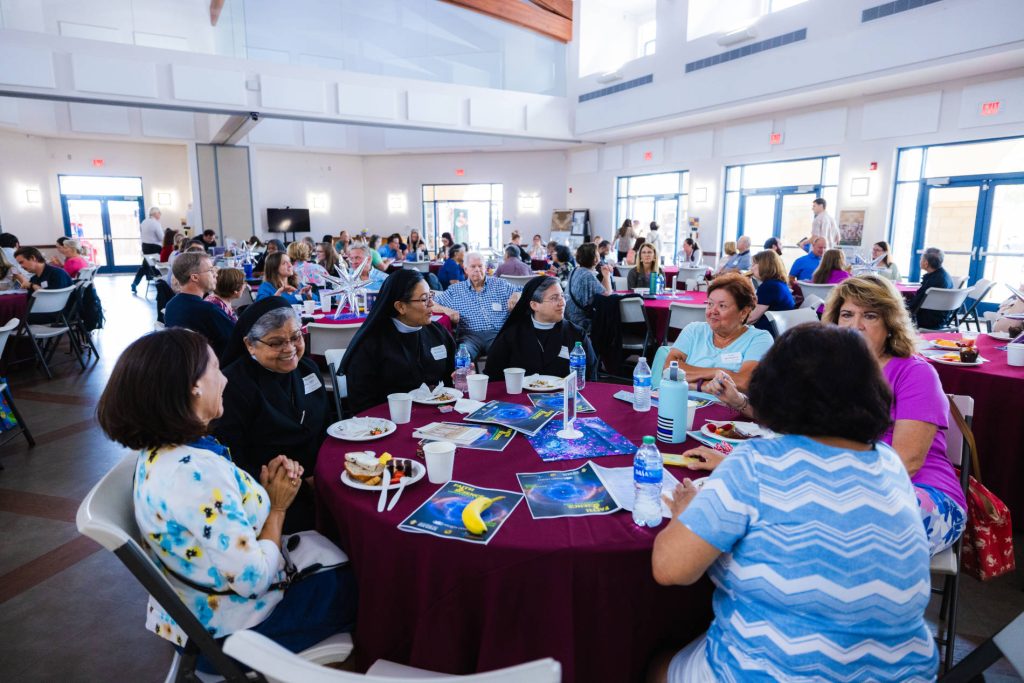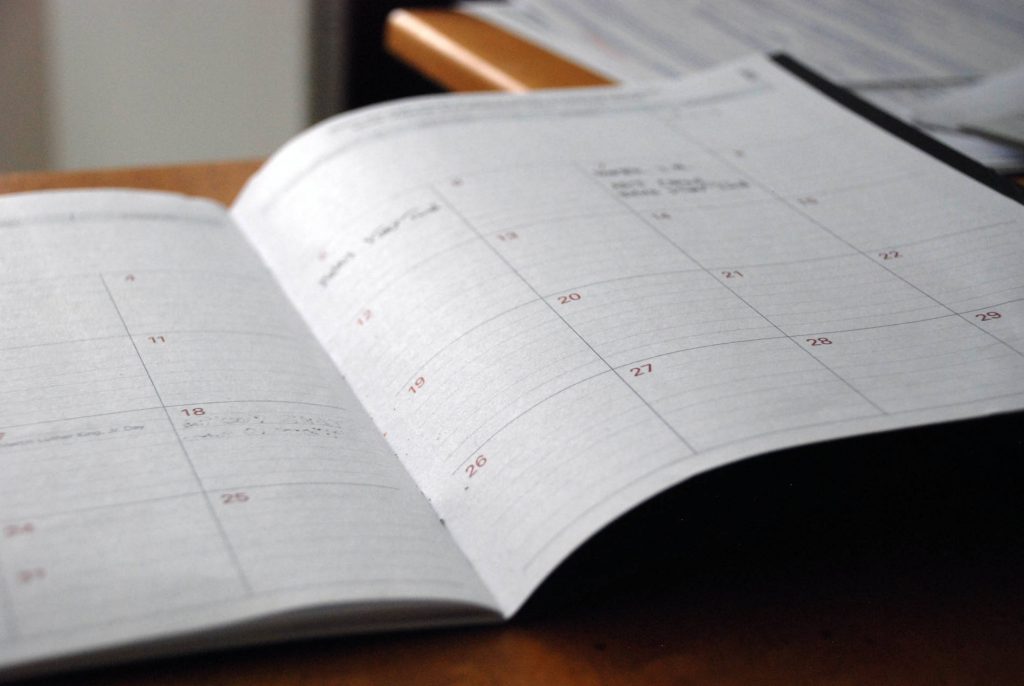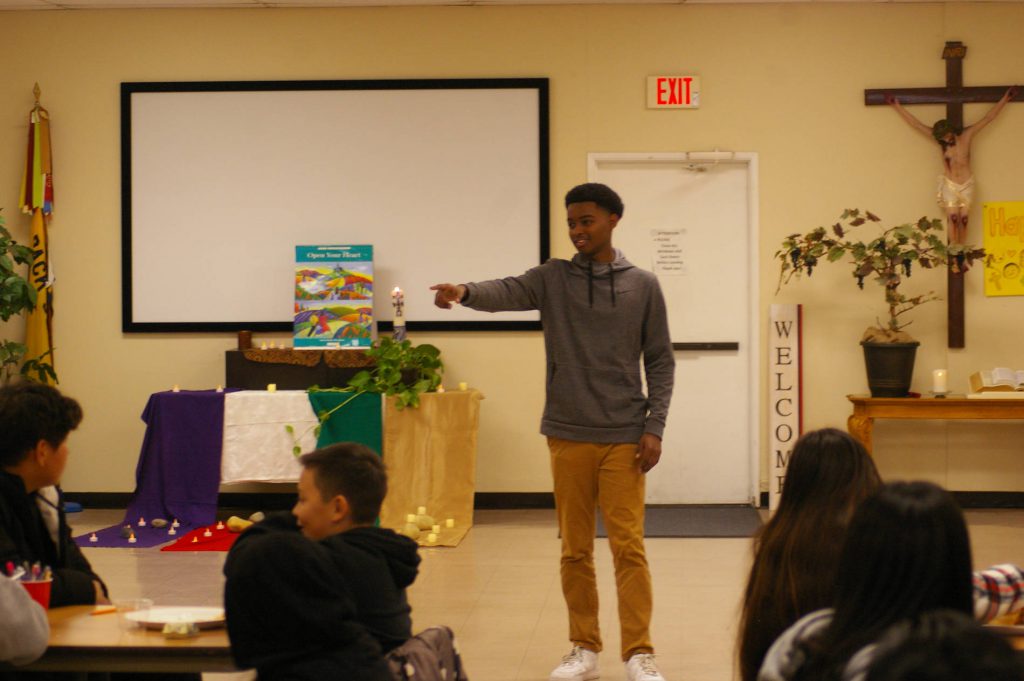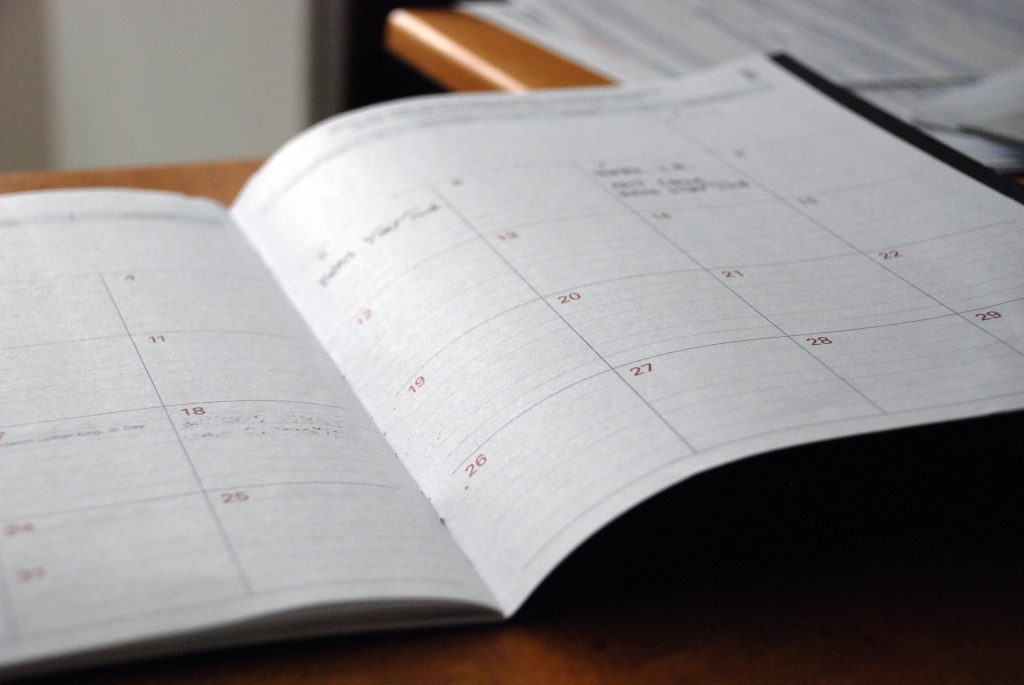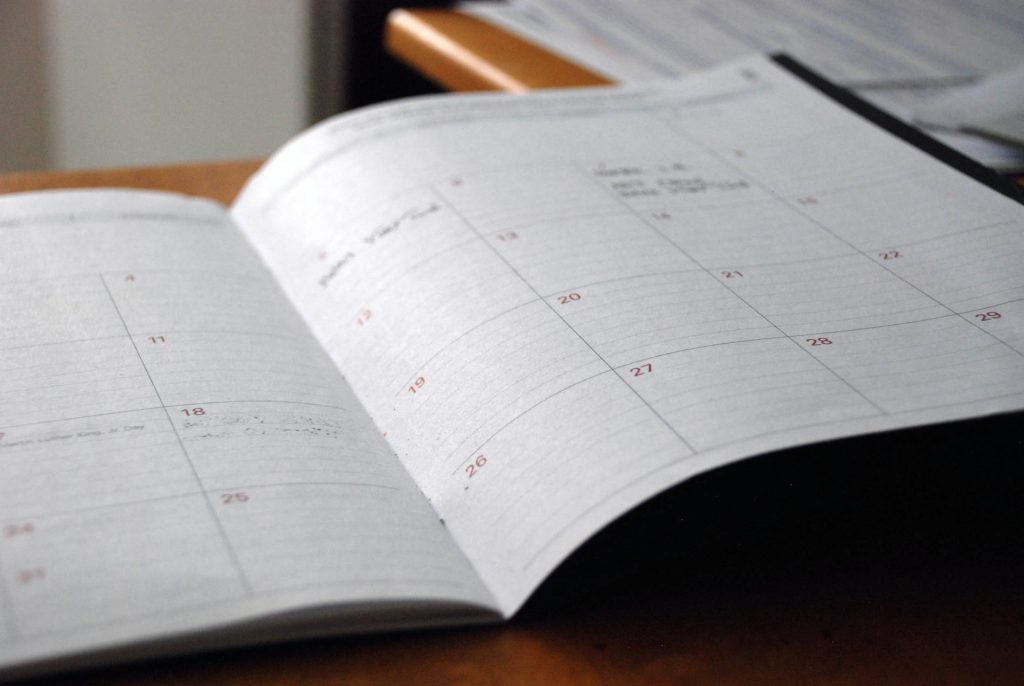SAN DIEGO — To an audience of local Catholic school educators and catechists, Jesuit Father Robert Spitzer shared the sobering statistic that 42 percent of young people will become unbelievers before age 25.
And almost half of them will do so “for one reason only” — the misguided notion that faith and science are incompatible, he said during a presentation July 31 at Good Shepherd Church in Mira Mesa.
But Father Spitzer, a theologian and physicist, wasn’t simply pointing out problems. He was sharing a potential solution in the form of Credible Catholic, a free educational curriculum for middle school and high school that he developed through his nonprofit organization The Magis Center.
“Sacred Scripture was never meant to do science, and science was never meant to do Sacred Scripture,” he said, noting that the two fields “complement one another perfectly.”
The purpose of Credible Catholic is “to give the kids a fighting chance” to keep their Catholic faith in “a culture that is progressively trying to use science — wrongly — to prove secularism,” explained Father Spitzer, a former president of Gonzaga University.
This year, Creative Catholic will be implemented in Catholic schools and parish religious education programs throughout the Diocese of San Diego. Parish catechists and school teachers will begin by teaching Module 2, “Evidence of God’s Existence from Science,” which uses the science of the Big Bang, entropy, the “fine-tuning” of the universe for habitability, among other things to argue for the necessity of an Intelligent Creator.
The California Conference of Catholic Bishops unanimously endorsed adopting Credible Catholic, which consists of a series of online video modules accompanied by teacher workbooks and sample lesson plans, said John Galvan, director of the diocesan Office for Schools. But the San Diego Diocese is the first diocese in the state to implement it.
“We’re really taking this on as a priority for our kids,” said Galvan, who stressed the urgency by noting that the median age for religious disaffiliation is age 13.
The diocesan Office for Evangelization and Catechetical Ministry will be hosting additional workshops in September and October to assist catechists in implementing the Credible Catholic curriculum. There will be three English-language workshops on Sept. 15, 23 and 27, and two Spanish-language workshops on Sept. 21 and Oct. 6. Details are available here.
During his July 31 presentation, Father Spitzer did not limit himself to the content of Module 2, but shared some of the analytical data that the other modules offer to dispel erroneous assumptions about faith and science.
For example, he noted that many youth believe that a majority of scientists are atheists. Credible Catholic refutes this with hard numbers, including polling data showing that 51 percent of scientists believe in God, 73 percent of physicians believe in miracles, and 76 percent of physicians are religious or spiritual.
Lessons also show that, far from being an enemy of science, the Catholic Church and its members have been responsible for some of the most significant discoveries. Examples include Augustinian friar Gregor Mendel, who is recognized as the father of modern genetics, and Father Georges Lemaitre, who proposed the Big Bang theory.
Credible Catholic also covers miraculous phenomena that science has been unable to explain, as well as reports on near-death experiences from peer-reviewed medical journals that provide compelling evidence for the existence of a transphysical soul.
Bethanny McGuire, a middle school teacher at Nazareth School, attended the July 31 workshop. She appreciated the statistics that Father Spitzer provided and felt they were something that would resonate with students.
“I teach history, and so one of the big things is evaluating the sources — who’s saying it, why are they saying it, what’s the purpose?” said McGuire. “And I think this (curriculum) will give (students) that religious foundation to combat some of the things that they see in secular society.”
Elena Platas, director of religious education at St. Didacus Parish, said the evidence that Father Spitzer provided for the existence of the soul was “eye-opening.”
Lamenting that so many Catholic youth stop practicing the faith after receiving the sacrament of confirmation, she sees the information provided by the Credible Catholic curriculum as a way to address this situation.
Diocesan Chancellor Marioly Galván, who directs the Office for Evangelization and Catechetical Ministry, said some diocesan schools have been piloting the program in advance of the diocese-wide implementation. Principals, teachers and catechists who have done so “speak very highly of the program.”
“They’re very positive and upbeat that it’s being implemented diocesan-wide,” she said.
One of those teachers is June Poling. At the July 31 workshop, where she led one of the breakout sessions, Poling said she felt like “part of something that’s going to be really big.”
At St. Michael’s School in Poway, she has been teaching Credible Catholic’s Module 1, “Evidence of a Soul from Medical Studies,” to eighth-grade science students. She has taught Module 2, focused on scientific arguments for God’s existence, as part of seventh-grade science.
Her colleague, Dawn Wright, has been incorporating Modules 3 through 7 into her middle school religion classes.
Poling recalled a student reaction from her first year of teaching Module 1.
“There’s this one student whose eyes just lit up and she says, ‘It’s real, it’s real, Jesus is real.’ And that was, to me, a huge defining moment.”




